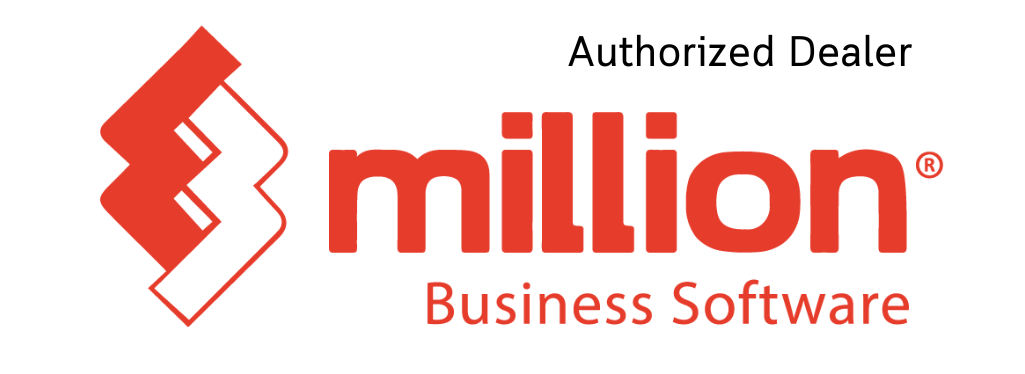Balance Forward Customers vs. Open Item Customers
| Open Item (Knock Off Basis) | Balance Forward (Without Knock Off) | |
| Definition | Individual transaction information is saved and detailed on customer statements until the transaction is removed through paid transaction removal. | Transaction information is retained only for the current period and is then consolidated into an account total that is brought forward at the beginning of each subsequent period. |
| Number of aging periods | You can use up to seven againg periods. | There are only two aging periods, current and noncurrent. |
| Finance Charge | Accounts are aged before assessing finance charges because open item accounts are aged by individual transaction dates. | Accounts are consolidated after finance charges are assessed and statements have been printed because balance forward accounts don’t retain individual transaction information. |
| Aging | Open item aging can be done at any time of the month by initiating the aging process. | Balance forward consolidation occurs during the paid transaction removal procedure. |
| Cash receipts/posted transactions | Payments can be applied to specific invoices. You will be able to waive finance charges, assess charges for non-sufficient funds (NSF) checks and void transactions until you’ve completed the paid transaction removal procedure. | Payments are applied automatically to the current balance. You will be able to waive finance charges, assess charges for non-sufficient funds (NSF) checks and void transactions until you’ve consolidated the accounts during the paid transaction removal procedure. |
| Multicurrency transactions | Multicurrency transactions can be entered for open item customers. | Multicurrency transactions can’t be entered for balance forward customers. |



